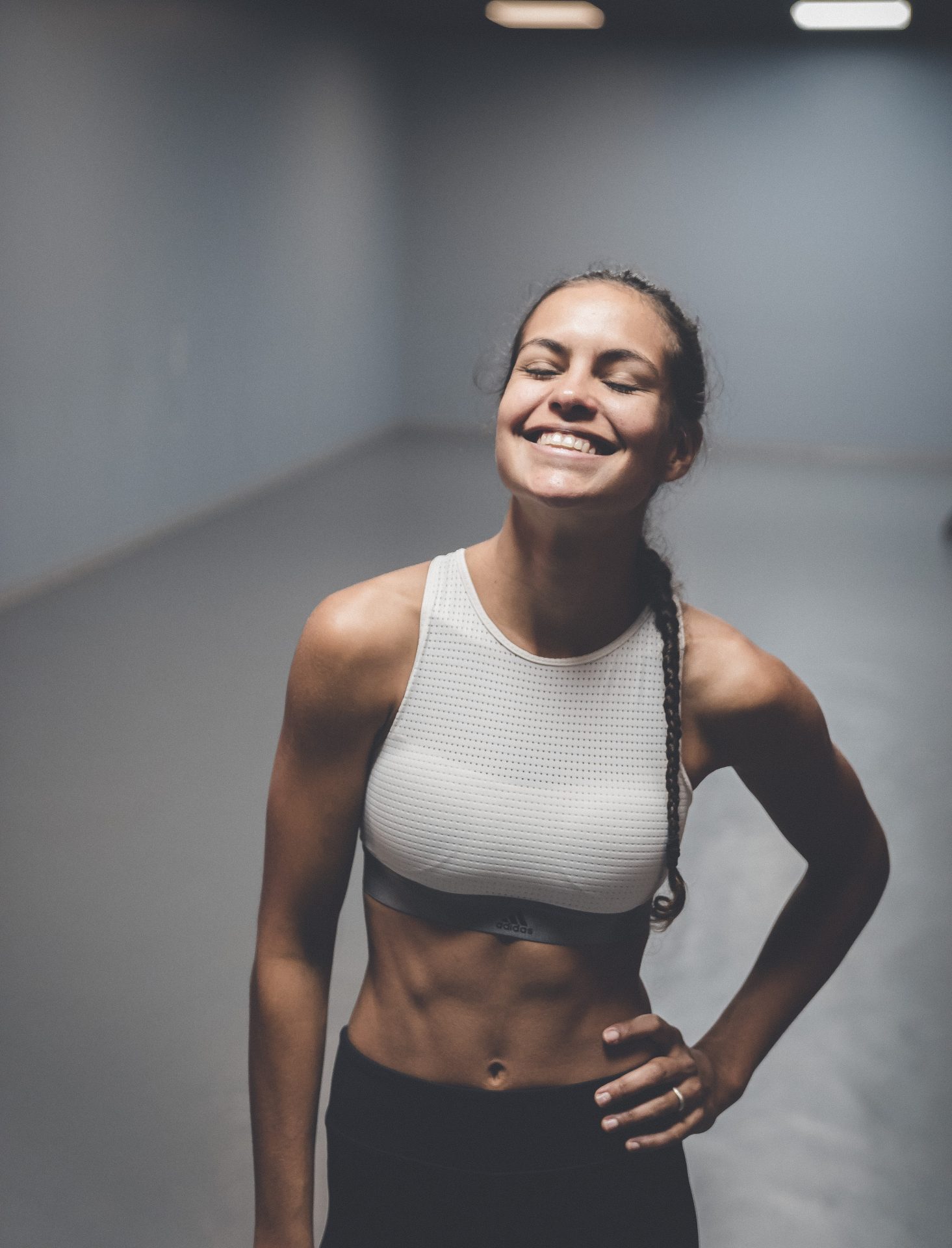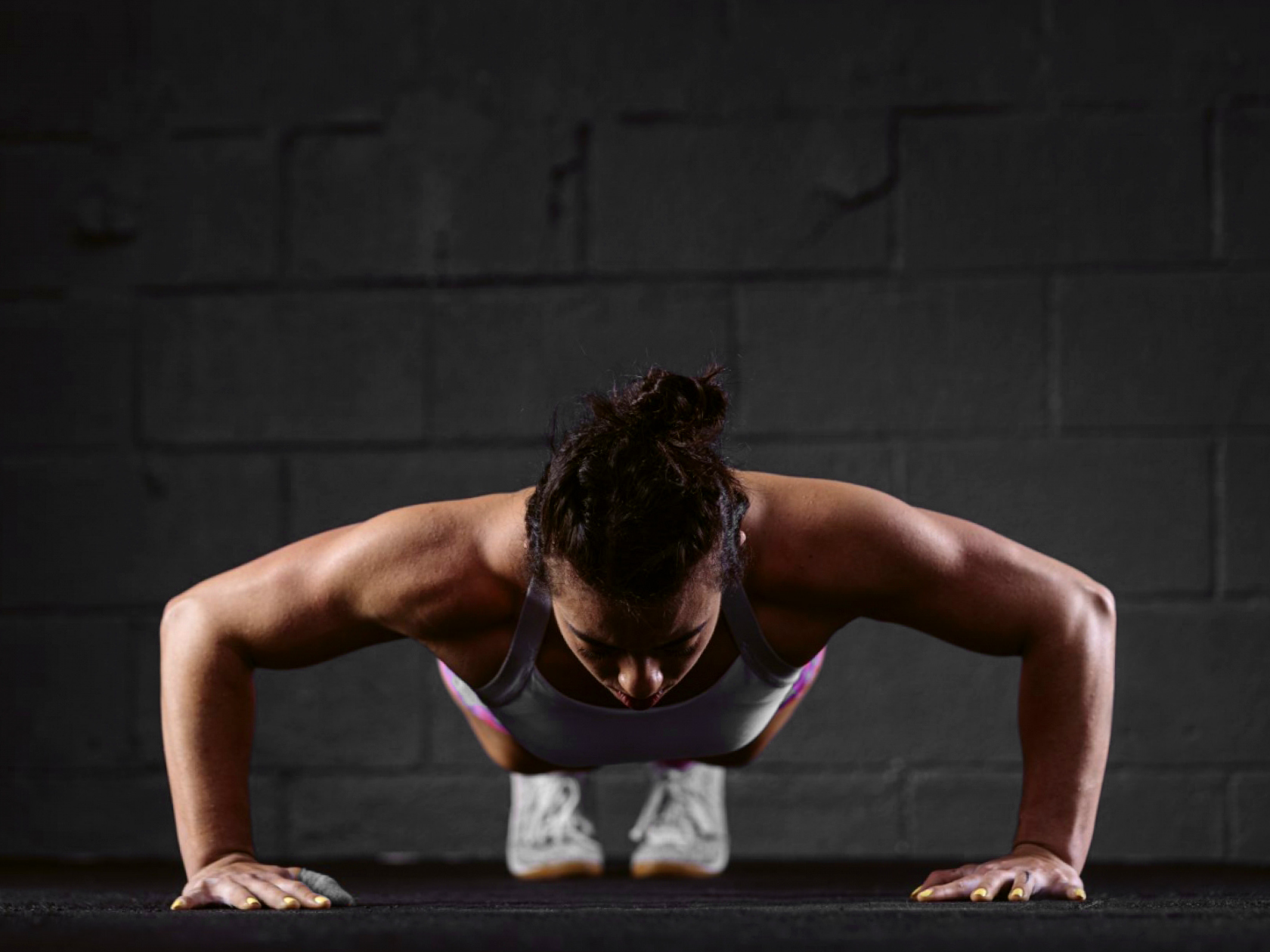For simple but effective exercises that work your whole body and get your heart rate up, try our expert-approved calisthenics workouts.
Many gym-goers like to focus on working out their upper body, lower body or core during a workout session. But, if you’re a regular on the weight floor who wants to build strength while also improving your overall fitness level, then you might want to consider giving calisthenics workouts a try.
According to Héloïse Nangle, the head trainer at Core Collective, “calisthenics is a form of exercise that consists of a variety of movements performed with little to no equipment, utilising gravity and bodyweight leverage”. This, she says, “should be the foundation for every other strength-gaining discipline”.
So what exactly is calisthenics, and what are the benefits? Here, Héloïse gives us all the important details on how to do calisthenics workouts, and why we would all benefit from having a go.
You may also like
Stretching: support muscle recovery and avoid injury with these postures
What is calisthenics?
“Calisthenics reverts back to a very natural way of training”, Héloïse explains. You see, before the invention of the barbell in the early 20th century, strength trainers had to rely on their own bodyweight to get strong. While this has its limitations (because “there will only ever be so much resistance provided by your own body”) calisthenics are very effective at building strength and lean muscle proportionally across the body.
Plus, there’s no need to worry about plateauing by doing calisthenics, because there are ways of making the exercises more challenging. Héloïse suggests “using elevated surfaces to change the angle of the exercises, using vertical surfaces like walls and poles, and increasing the percentage of bodyweight that you’re lifting” to challenge your body in new ways.
Why should you do calisthenics workouts?
There are so many benefits to doing calisthenics workouts, says Héloïse. These include “improving posture, strength and movement patterns”, and all while being gentler on your joints and connective tissues than you would if using weights. They get your heart rate up as well, so that as you’re gaining strength, you’re also improving your overall cardiovascular fitness.

Calisthenics workouts are all about doing compound exercises that use your bodyweight to make you stronger. In this regard, they are “the ultimate in functional training”, because “you are working out in a way that directly enhances the way you perform everyday life tasks”, by improving your “mobility, stability and strength”.
Not only do they improve your functional fitness, but calisthenics workouts do so across your whole body. When doing calisthenics, “the body should work as a unit, combining your lower half with your upper half, with a connection to your midline”. This connection, Héloïse explains, is the core. What this means is that “all muscles are recruited” when doing calisthenics exercises, and that “you will develop a very strong core” as a result of the way you leverage the mid-section of your body.
What are some of the best calisthenics workouts for beginners?
For a simple but effective workout, Héloïse recommends “performing a bodyweight ladder of the following exercises”, which means you do “10 repetitions of each, then nine, all the way down to one”. To really make the most of this workout, she also suggests “holding a plank for 30 seconds between each drop in number”.
You may also like
How to protect your hands and wrists when weight training
TRX or ring rows
While most calisthenics exercises require no equipment at all, there are some very effective workouts you can do with minimal equipment. To complete this simple bodyweight exercise, hold onto the TRX handles or rings and lean back, so that the handles are supporting your weight. Then, “keeping your body in line and your core fully engaged, pull yourself up until your hands touch your body”, says Héloïse. This can also be done “by setting up a bar in a squat rack and holding onto it with either an overhand or underhand grip, shoulder width apart”.
If you’re new to calisthenics exercises, you can step your feet further away from the TRX or bar, which will cause you to lean back less. Stepping closer to the machine will mean that you have to lift more of your bodyweight, because you will be closer to the floor when starting the movement.
Press-ups
A firm favourite of fitness fans of all abilities, the press-up provides you with an easy-to-do and highly effective calisthenics workout, which can be done just about anywhere. Start on the floor on hands and knees, and get yourself into position “with your weight supported on your toes and hands beneath your shoulders”, keeping both your body and arms straight.

From here, Héloïse explains that you need to “lower your body until your chest is an inch from the ground, and then explosively drive up by fully extending your arms”. And, as you complete the movement, “take care to keep your core fully engaged and your tailbone tucked under”.
Squats
Squats are another gym classic that also happen to be a go-to calisthenics exercise. To perform a squat, stand straight with your feet around shoulder width apart, and then “bend your knees and sit back with your hips”. Héloïse says that the idea is to “go down as far as you can, and then quickly reverse the motion to take you back to the starting position”.
Burpees
If you want to really get your heart rate up, you can try burpees, which Héloïse says are “guaranteed to elevate the heart rate even further”. Start by standing up straight, and then squat down. Once you’ve gone down as far as you can, reach your hands out in front of you and plant them on the floor. From here, jump your feet out behind you so that you land in a high plank position, and then do a press-up. Then, jump your feet towards your hands, push yourself back into a squatting position, and then jump up to standing, and repeat.
Follow @StrongWomenUK on Instagram for the latest workouts, delicious recipes and motivation from your favourite fitness experts.
Images: Getty
Source: Read Full Article






